Intersection 1996 – 2001
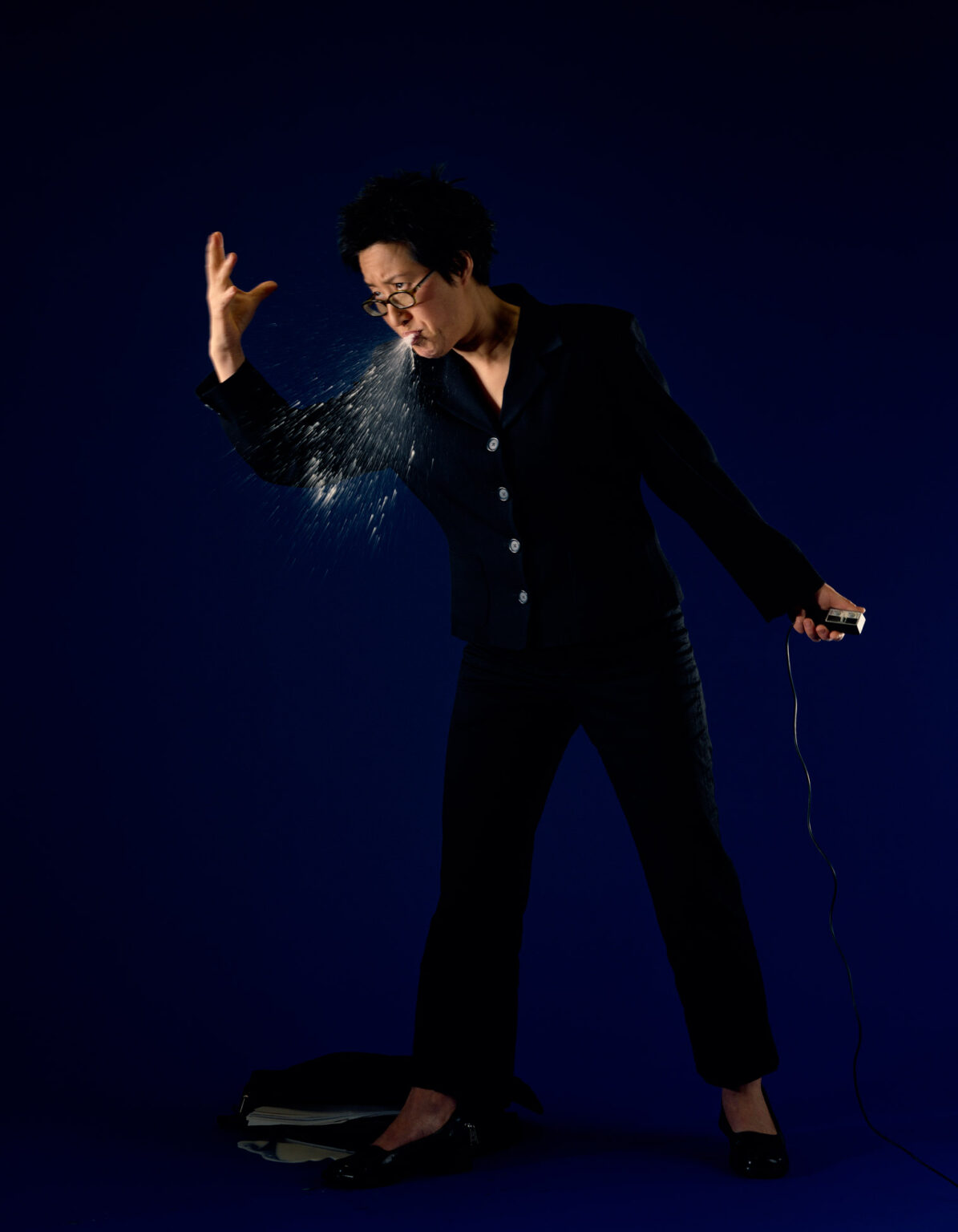
Jin-me Yoon, Intersection 3 (left panel detail), 2001
Chromogenic print, 207 x 161 cm
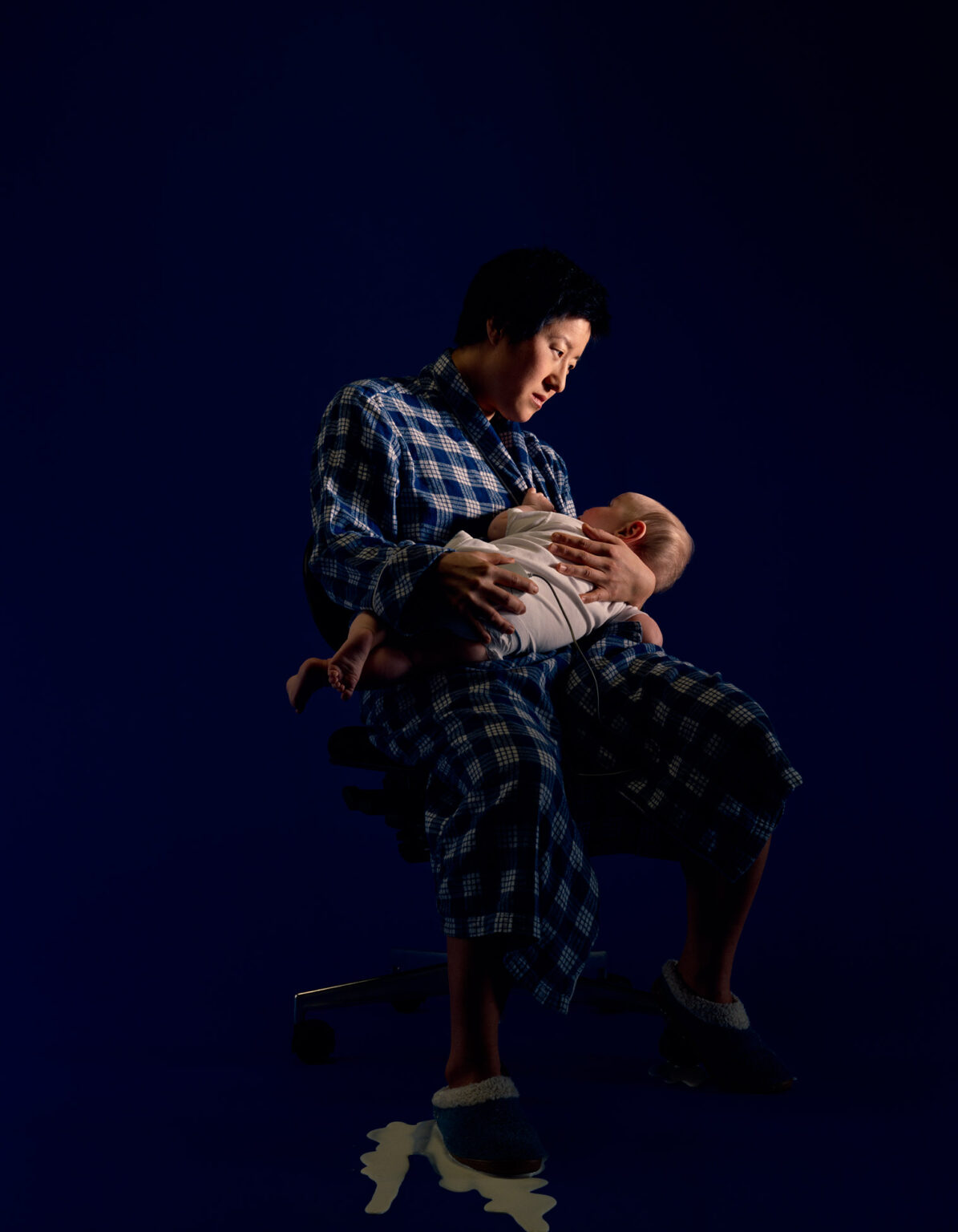
Jin-me Yoon, Intersection 3 (right panel detail), 2001
Chromogenic print, 207 x 161 cm
Jin-me Yoon’s Intersection series, 1996–2001, begun shortly after the births of her children Hanum in 1994 and Kihan in 1997, courageously addresses the ambivalences of life when maternity and creative practice coexist. In Intersection 3, the artist appears as a powerful orator in one panel, her stance taken from period photographs of Lenin speaking to the public in 1919, and as Madonna with Child in the other panel. In spite of the affirming iconography, however, in both images something is amiss, as she spits milk in her fiery tirade and her gaze fails to connect with the baby that she cradles. The diptych is one of five works inspired by the contradicting demands that Yoon faced as a practising artist and mother, as well as by Mary Kelly’s (b.1941) seminars on feminism held in Vancouver in 1989. The series also depicts Yoon in various scenes of death, as if killed by patriarchal oppression, next to images of children, usually in states of unsupervised joy and misery.
-
Jin-me Yoon, Intersection 5 (left panel detail), 2001
Chromogenic print, 207 x 161 cm
Jin-me Yoon, Intersection 5 (right panel detail), 2001
Chromogenic print, 207 x 161 cm
-
Mary Kelly, Post-Partum Document: Documentation IV: Transitional Objects, Diary and Diagram, 1976
Perspex units, white card, plaster, cotton fabric, 27.9 x 35.5 cm
Collection of the Zurich Museum
As with Kelly’s Post-Partum Document, 1973–79, which interjected the subject of motherhood into the discourses of Conceptual art, Yoon’s Intersection series wrestles with Vancouver photo-conceptualism. The works are pitched perfectly to draw attention to what Monika Kin Gagnon calls the “symbolic absence” of the maternal body in the all-male Vancouver movement, and the masculinist discourses and environment of the art world more broadly. The subjects are posed against richly coloured backgrounds to underscore the blatant artifice of the compositions. Bodily fluids feature prominently, framed cleverly to take on masculinist creative ejaculations through critical engagements with Self Portrait as a Fountain, 1966–67, by Bruce Nauman (b.1941) and Milk, 1984, by Jeff Wall (b.1946).
Two of the diptychs, Intersection 2, 1998, and Intersection 5, 2001, consist of high-angle shots of Yoon splayed out on the floor in a theatrical enactment of milk-stained death, and in their emphatic use of horizontal formats to convey a sense of abjectness, they recall the Centerfolds series, 1981, created by Cindy Sherman (b.1954). Both series allude to concealed systemic violence—in the case of Sherman, of the male gaze, and in the case of Yoon, of a workplace and art world built for white male subjectivities. Erupting with life-giving milk and rage, Yoon’s artist performs the act of asking, “Can artists be both culturally productive and biologically reproductive? Can a racialized, feminist subject be an art historical subject?”

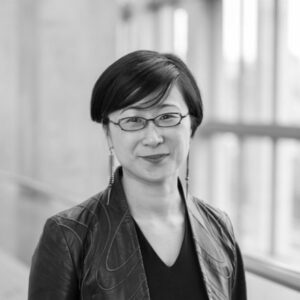 About the Author
About the Author
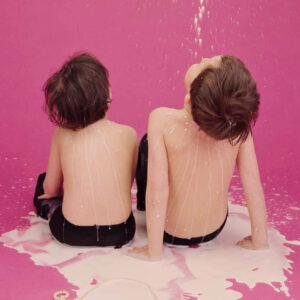 More Online Art Books
More Online Art Books
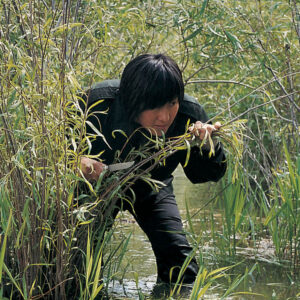 Acknowledgements
Acknowledgements